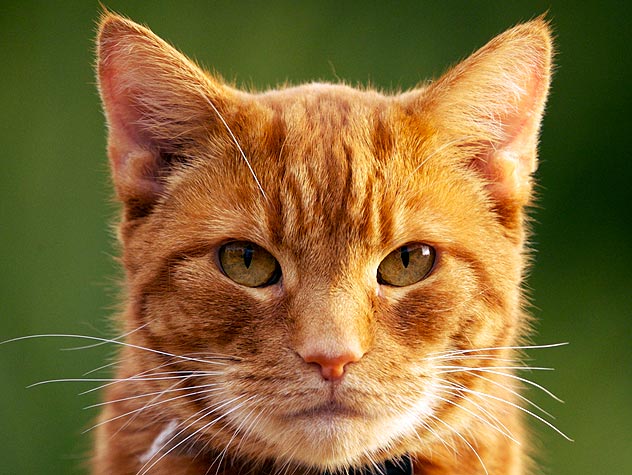Stamp: Baby Kitten & Bird (Singapore 2017)
Baby Kitten & Bird (Singapore 2017)
28 June (Singapore ) within release Baby Animals goes into circulation Stamp Baby Kitten & Bird face value 50 Singapore cent
| Stamp Baby Kitten & Bird in catalogues | |
|---|---|
| Michel: | Mi: SG 2448 |
Stamp is square format.
Also in the issue Baby Animals:
- Stamp - Baby Bunnies face value 70;
- Stamp - Baby Bears face value 90;
- Stamp - Baby Chicks face value 130;
- Stamp - Baby Kitten & Bird face value 50;
|
Data entry completed
83%
|
|
|---|---|
| Stamp Baby Kitten & Bird in digits | |
| Country: | Singapore |
| Date: | 2017-06-28 |
| Size: | 35 x 35 |
| Perforation: | 13 |
| Emission: | Commemorative |
| Format: | Stamp |
| Face Value: | 50 Singapore cent |
Stamp Baby Kitten & Bird it reflects the thematic directions:
Birds (Aves), a subgroup of Reptiles, are the last living examples of Dinosaurs. They are a group of endothermic vertebrates, characterised by feathers, toothless beaked jaws, the laying of hard-shelled eggs, a high metabolic rate, a four-chambered heart, and a strong yet lightweight skeleton. Birds live worldwide and range in size from the 5 cm (2 in) bee hummingbird to the 2.75 m (9 ft) ostrich. They rank as the class of tetrapods with the most living species, at approximately ten thousand, with more than half of these being passerines, sometimes known as perching birds. Birds are the closest living relatives of crocodilians.
The domestic cat (Latin: Felis catus) is a small, typically furry, carnivorous mammal. They are often called house cats when kept as indoor pets or simply cats when there is no need to distinguish them from other felids and felines. Cats are often valued by humans for companionship and for their ability to hunt vermin. There are more than 70 cat breeds, though different associations proclaim different numbers according to their standards.
Cats are similar in anatomy to the other felids, with a strong flexible body, quick reflexes, sharp retractable claws, and teeth adapted to killing small prey. Cat senses fit a crepuscular and predatory ecological niche. Cats can hear sounds too faint or too high in frequency for human ears, such as those made by mice and other small animals. They can see in near darkness. Like most other mammals, cats have poorer color vision and a better sense of smell than humans. Cats, despite being solitary hunters, are a social species and cat communication includes the use of a variety of vocalizations (mewing, purring, trilling, hissing, growling, and grunting), as well as cat pheromones and types of cat-specific body language.


